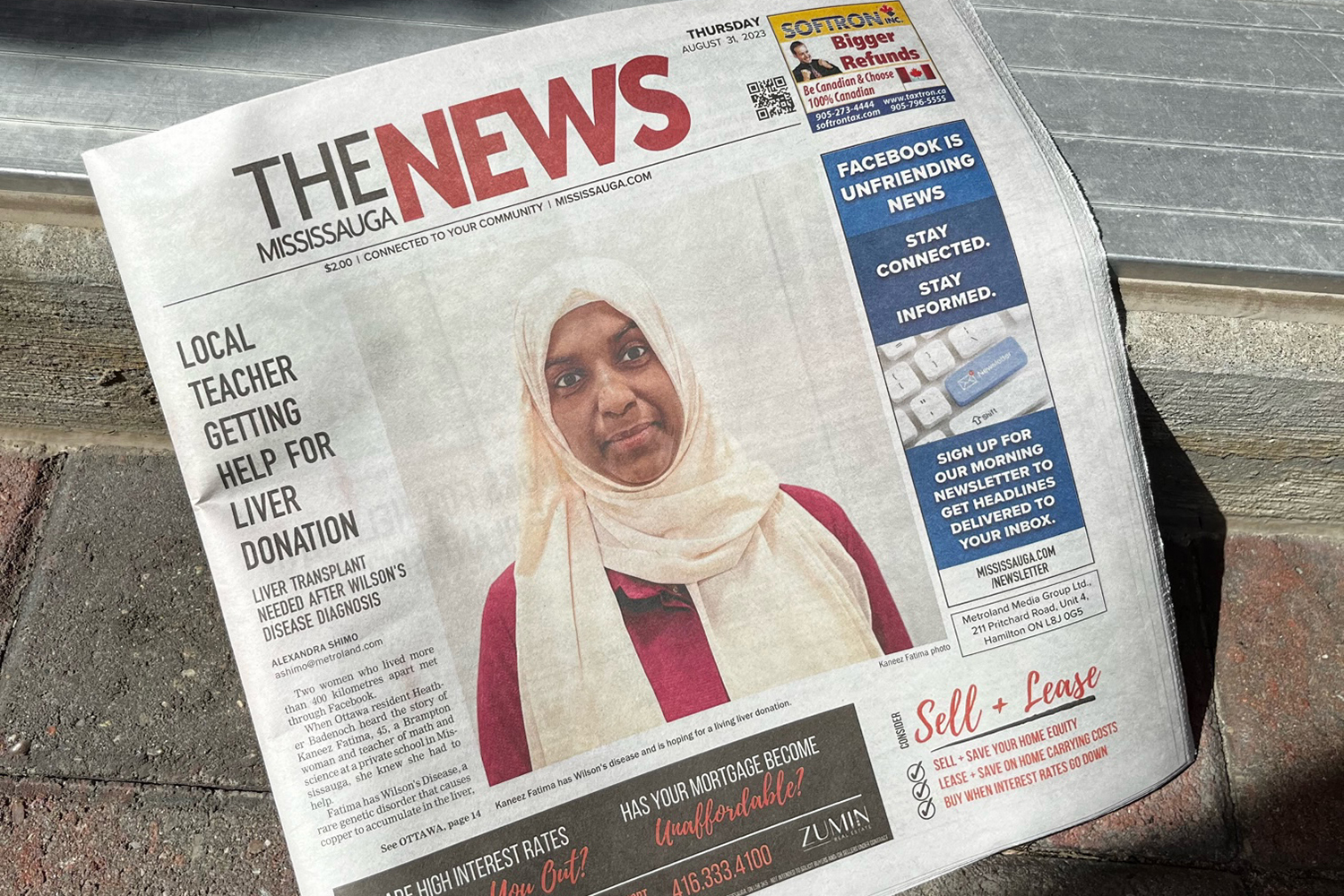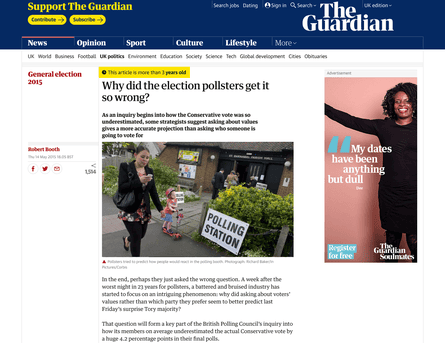Not known Facts About News Articles
Not known Facts About News Articles
Blog Article
Getting The News Articles To Work
Table of ContentsThe Only Guide to News ArticlesThe Basic Principles Of News Articles Facts About News Articles UncoveredRumored Buzz on News ArticlesAbout News Articles
Great expertise of different subjects gives trainees a competitive side over their peers. Despite the fact that digital and social media are readily easily accessible, we must not fail to remember how important it is to review the newspapers. Moms and dads have to try and instill the practice of reading a newspaper as an everyday routine to proceed the tradition of the revered print tool.News stories additionally contain at least one of the following vital qualities about the designated audience: closeness, importance, timeliness, human interest, peculiarity, or effect. The related term journalese is in some cases used, generally pejoratively, to describe news-style writing. Another is headlinese. Newspapers typically stick to an expository writing design.
Within these limits, information stories likewise intend to be extensive. Amongst the larger and more reputable papers, justness and equilibrium is a significant aspect in providing info.
Newspapers with a worldwide target market, as an example, tend to utilize an extra official design of composing. The specific selections made by an information outlet's editor or content board are often collected in a style guide; typical design overviews consist of the and the US Information Style Publication. The main goals of information writing can be summarized by the ABCs of journalism: precision, brevity, and clearness.
What Does News Articles Do?
As a guideline, reporters will certainly not use a lengthy word when a brief one will certainly do. They make use of subject-verb-object construction and dazzling, energetic prose (see Grammar). They offer narratives, examples and metaphors, and they hardly ever depend on generalizations or abstract ideas. Information authors try to stay clear of utilizing the very same word a lot more than when in a paragraph (occasionally called an "echo" or "word mirror").
Nonetheless, headlines often omit the topic (e.g., "Leaps From Watercraft, Catches in Wheel") or verb (e.g., "Feline female fortunate"). A subhead (additionally subhed, sub-headline, subheading, caption, deck or dek) can be either a secondary title under the main heading, or the heading of a subsection of the post. It is a heading that precedes the major message, or a group of paragraphs of the primary text.

Added signboards of any of these kinds may appear later in the short article (especially on succeeding pages) to lure more reading. Such billboards are also used as pointers to the short article in various other areas of the magazine or site, or as promotions for the piece more tips here in various other publication or sites. Common framework with title, lead paragraph (recap in strong), various other paragraphs (details) and call info.

Example of a hard-lead paragraph NASA is suggesting one more room task. The agency's budget plan demand, revealed today, consisted of a plan to send out an additional objective to the Moon. This moment the agency intends to establish a lasting center as a jumping-off place for other area journeys. The budget plan demands about $10 billion for the job.
The NASA news came as the agency requested $10 billion of appropriations for the project. An "off-lead" is the second essential front web page information of the day. The off-lead appears either in the top left corner, or directly below the lead on the right. To "bury the lead" is to start the post with background details or details of second significance to the visitors, requiring them to find out more deeply right into a post than they must have to in order to uncover the necessary points.
The Ultimate Guide To News Articles
Common use is that or more sentences each develop their own paragraph. next page Journalists normally describe the company or structure of a newspaper article as an upside down pyramid. The crucial and most intriguing components of a story are placed at the start, with sustaining details following in order of decreasing you could try here importance.
It allows individuals to explore a subject to just the deepness that their inquisitiveness takes them, and without the charge of information or nuances that they could take into consideration pointless, yet still making that details offered to more interested viewers. The upside down pyramid framework also allows write-ups to be trimmed to any kind of arbitrary size throughout design, to suit the area available.
Some authors start their stories with the "1-2-3 lead", yet there are several sort of lead readily available. This layout inevitably starts with a "Five Ws" opening paragraph (as explained over), adhered to by an indirect quote that serves to support a major aspect of the initial paragraph, and after that a direct quote to support the indirect quote. [] A kicker can describe numerous things: The last story in the news broadcast; a "happy" tale to finish the program.
Longer articles, such as magazine cover articles and the items that lead the inside sections of a newspaper, are known as. Feature tales differ from straight information in a number of ways.
News Articles Things To Know Before You Buy
An attribute's very first paragraphs commonly associate a fascinating moment or occasion, as in an "anecdotal lead". From the particulars of a person or episode, its view swiftly expands to generalities about the tale's subject.

The Editor's Tool kit: A Referral Guide for Beginners and Professionals (2001) Allan M. Siegal and William G. Connolly. The New York Times Handbook of Design and Usage: The Authorities Style Guide Utilized by the Writers and Editors of the Globe's A lot of Reliable Paper (2002) M. L. Stein, Susan Paterno, and R.
Report this page